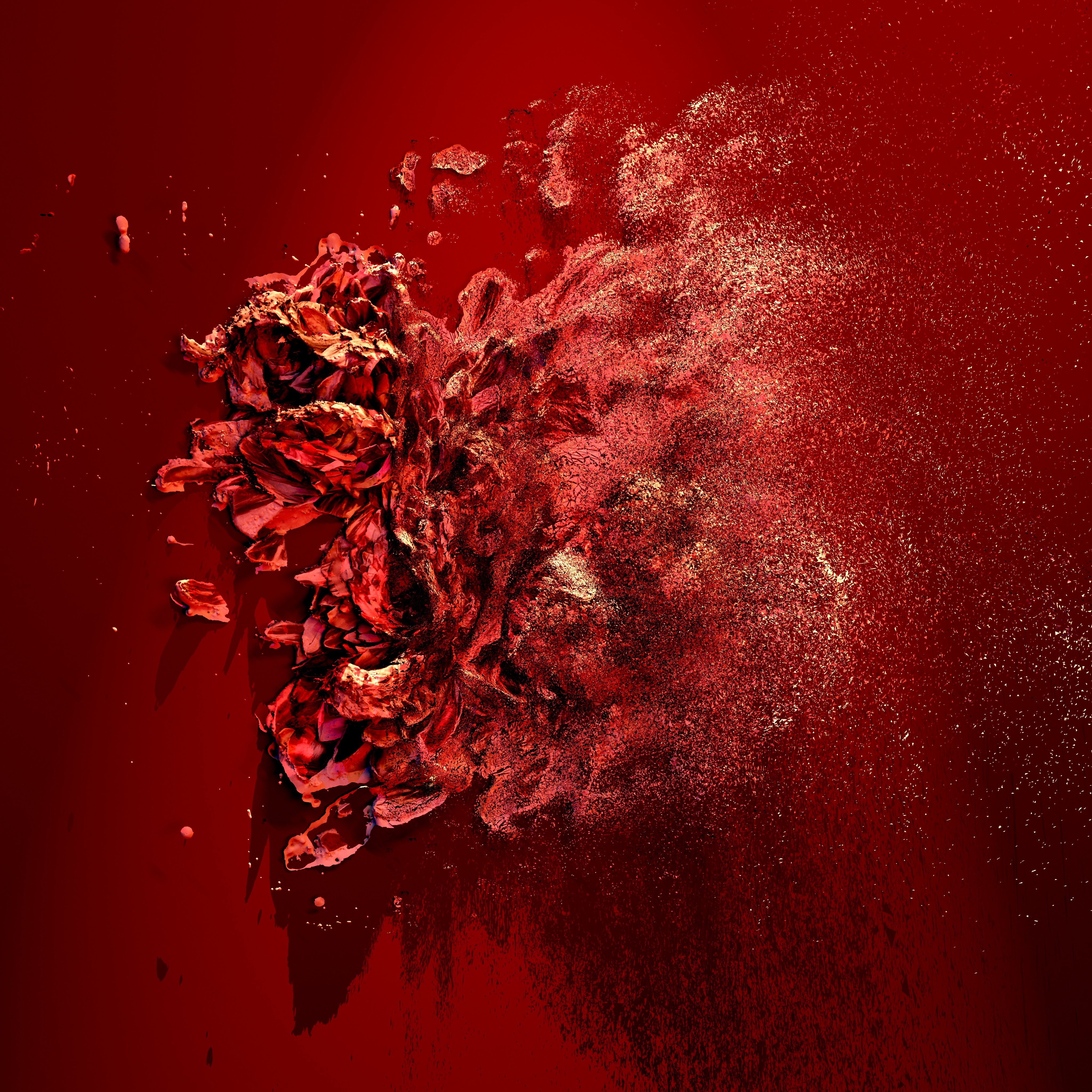
The NFT bonanza has come full circle. In 2014, Monegraph became the first startup to give artists blockchain-backed tools to monetize their digital works. Today, Monegraph officially launched a new product that allows traditional galleries, auction houses, and artists to do everything that major third-party NFT marketplaces like OpenSea and Rarible do—only on their own websites and their own terms.
Called Readymade NFT, the software suite allows even relative newcomers to the crypto space to begin minting, selling, and distributing nonfungible tokens to buyers “within only a few days,” according to Monegraph. Three prominent U.S. dealers have already leveraged the toolset to establish their own in-house NFT platforms: bitforms, Postmasters, and Honor Fraser gallery.
Customization and accessibility are the software’s twin pillars. Readymade NFT enables users to write their own smart contracts with features of their choosing, such as a resale royalty percentage that will be automatically redistributed to the artist when their token is sold on the secondary market. (ERC-721, the standard smart contract underpinning most NFTs on the Ethereum blockchain, has no built-in resale royalty mechanism.) The software can connect to multiple blockchains, from Ethereum to alternative “side chains,” like the carbon-conscious Polygon.
Also included in the software package are plug-ins to integrate the Readymade NFT apparatus with WordPress and other popular do-it-yourself website builders, such as Wix and Droopler. As a result, users can ensure the look and feel of their NFT business matches the look and feel of the rest of their online presence—which, according to Monegraph founder, artist, and NFT co-inventor Kevin McCoy, has been a major complaint of art businesses when they transact through third-party NFT marketplaces.
As agents for artists, “gallerists get beat up on all the time,” McCoy told Artnet News. “In the NFT world, it’s all, ‘Cut out the middleman!’, but NFT marketplaces are their own middleman, and they have not done a good job of creating context around artworks, onboarding traditional collectors, or answering their questions. The value of gallerists becomes clearer when you see what happens when it’s absent from the giant marketplaces.”
Monegraph licenses Readymade NFT to users in exchange for what McCoy called a “small percentage” of sales proceeds on associated transactions. Rates vary based on how each user deploys the software, but McCoy stressed that Monegraph’s goal is for the product to be affordable and flexible for as many art-world actors as possible.
The first three clients seem to reinforce both the software’s crypto bona fides and its accessibility. While bitforms and Postmasters have been synonymous with art’s technological avant-garde since their founding, Honor Fraser’s program has tended to tilt toward the more traditional side of the media spectrum. Yet all three dealers’ Readymade NFT platforms are now up and running.
“NFTs are a tool that offer so many new opportunities for artists and creatives who are working in the digital medium, and we’ve only just scratched the surface of what’s possible,” Fraser said in a statement. “Whether for established painters or up-and-coming digital artists, I’m excited to work with Monegraph, as they understand the metaverse and its technology like no one else in the market.”
Monegraph originally equipped artists to monetize their digital works through blockchain-backed licensing. Although the company never stopped operating, McCoy and cofounder Carlos Mendez took some of its tools offline in 2019 based on soft demand.
However, the explosive growth of crypto jolted the two back into action this summer. They began working with Christie’s, Sotheby’s, and Phillips to mint NFTs for their respective NFT auctions, then moved onto collaborating with the houses on digital rights language. Major artists, including Jenny Holzer and Dread Scott, came calling for their own NFT needs soon after. Now the software developed during those collaborations is available not just to the rest of the art world, but to the world at large.
“Everyone has some kind of NFTs they want to do now, so people are approaching us from all kinds of different industries,” McCoy said. “The tech we have is flexible enough to work with all of them.”